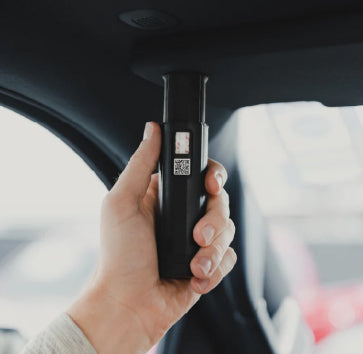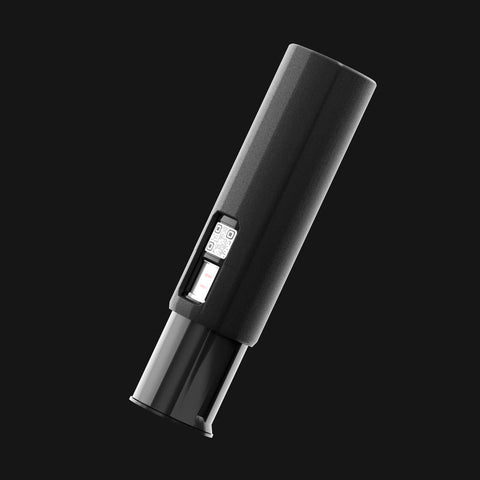The use of ozonation as a method to remove odors and harmful chemicals caused by mold, tobacco, and fire damage in buildings has been widely accepted. However, the effectiveness of ozonation in removing thirdhand smoke (THS) chemicals, particularly in vehicles, is not well understood. In the Environmental Science & Technology journal, a study by Sarah E. Weir titled “Ozone-induced chemical changes in thirdhand smoke aerosols” aimed to investigate the chemical changes in THS aerosols when exposed to high levels of ozone, in comparison to THS aerosols aged under similar conditions without ozone, in a vehicle-like setting.
The study collected samples of different stages of smoke aging, including freshly emitted secondhand smoke (SHS) and THS, inside a chamber simulating an vehicle over a period of 42 hours after six cigarettes were consumed. The experiments involved the collection and analysis of various chemical compounds such as volatile organic compounds (VOCs), volatile carbonyls, semi volatile organic compounds (SVOCs), and particulate matter.
In the second experiment, a commercial ozone generator was operated for one hour, one day after smoke was generated, to evaluate the remediation of THS by ozonation in the vehicle. The results indicated that while ozone was effective in removing harmful THS chemicals such as fabric-bound nicotine and polycyclic aromatic hydrocarbons (PAHs) caused by thirdhand smoke in vehicles, it also increased the concentrations of volatile carbonyls such as formaldehyde, acetaldehyde, and acetone. Additionally, ozonation produced ultrafine particles (UFP) with a size of less than 60 nm, which peaked shortly after ozonation and remained at higher-than-background levels for several hours.
Based on these findings, the study recommends minimum re-entry times after ozone treatment for different indoor scenarios, including vehicles, to prevent acute exposures to ozone and harmful ozonation byproducts after treatment caused by thirdhand smoke. The study highlights the potential benefits and risks associated with THS remediation using ozone in vehicles and provides valuable insights into this technology.
In summary, ozonation may be an effective method to remove harmful chemicals caused by thirdhand smoke, but it is important to consider the potential risks and to follow recommended re-entry times after ozone treatment. Further research is necessary to fully understand and improve the effectiveness and safety of this method. As we spend a significant amount of time in our cars, it’s crucial to have a clear understanding of the impact of thirdhand smoke in these enclosed spaces and take the necessary steps to mitigate the risks.
Interested in learning more? Click the link below:
https://www.sciencedirect.com/science/article/abs/pii/S0013935120313591?via%3Dihub



